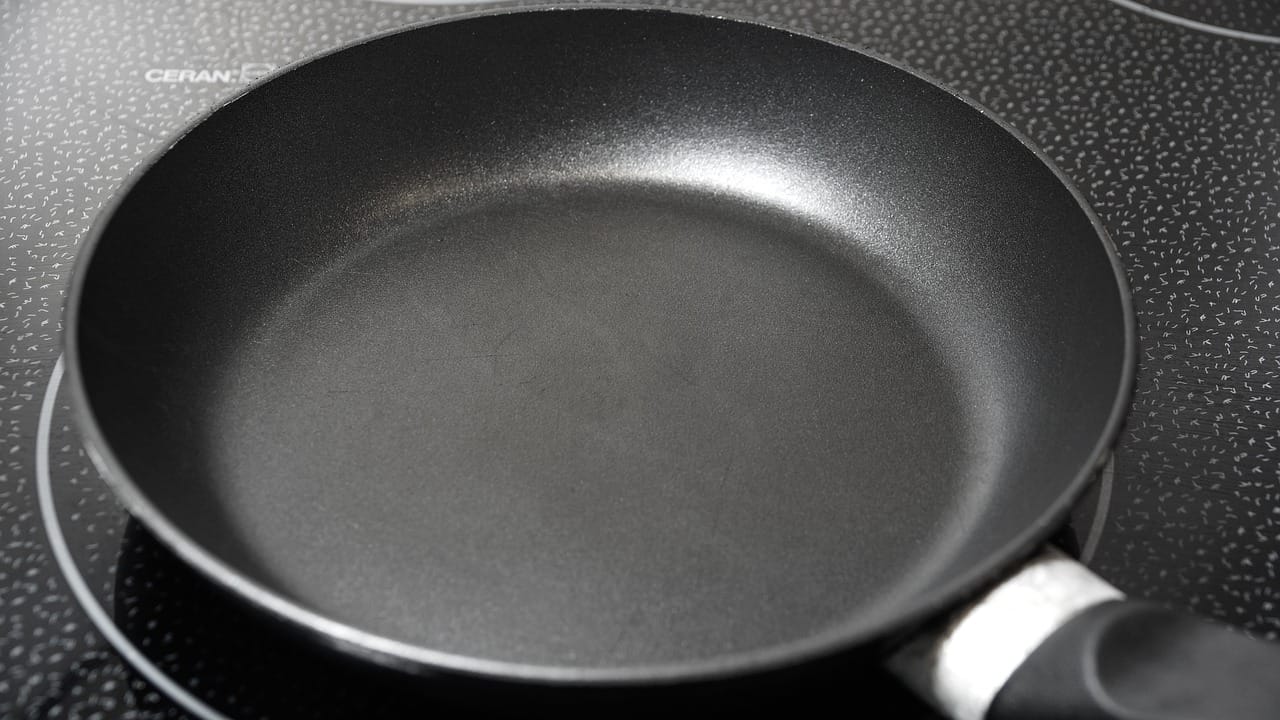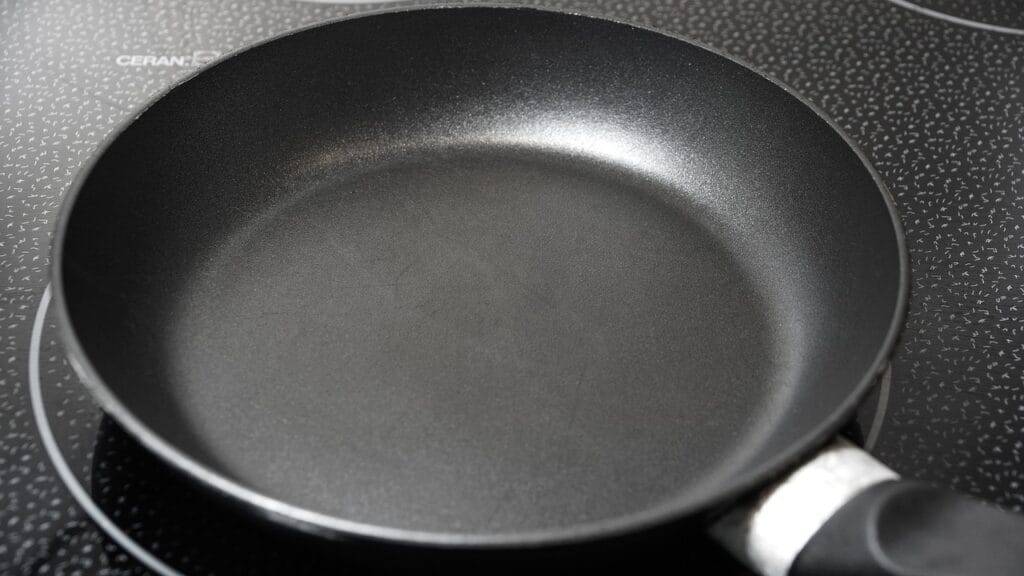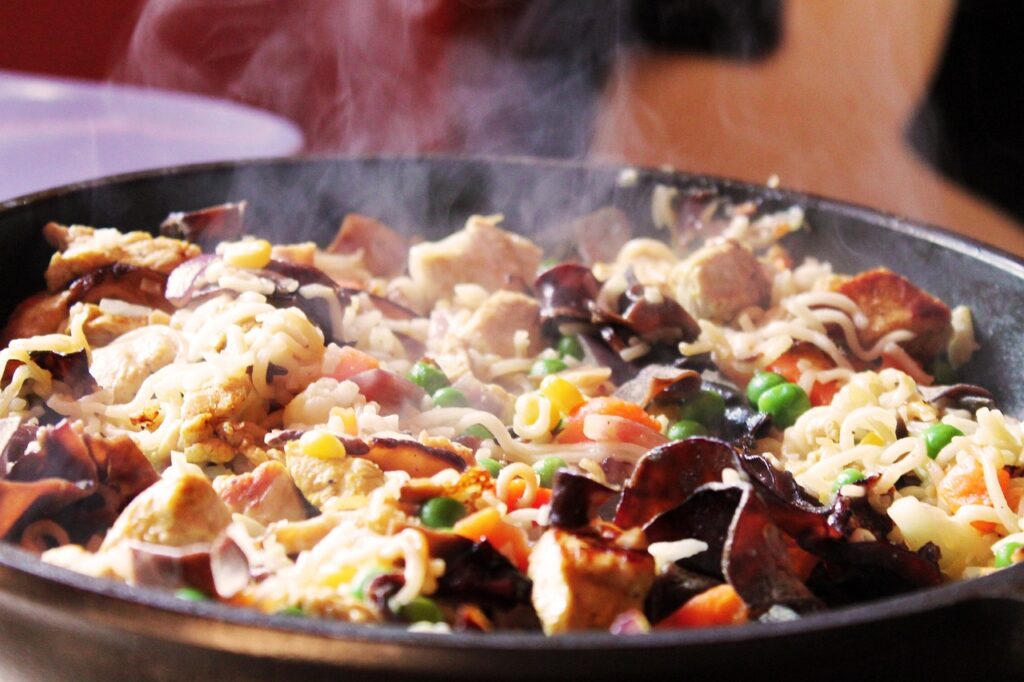How Do I Prevent Food From Sticking

Have you ever found yourself struggling to free your perfectly cooked meal from a frying pan, cursing under your breath as the food stubbornly clings to the surface? You’re not alone! Many of us have encountered the frustration of food sticking to our frying pans. It can be a real hassle, but lucky for you, there are numerous methods to prevent it from happening. Let’s talk about a variety of techniques, tips, and tricks to prevent food from sticking.

Understanding the Science Behind Food Sticking
Before jumping into the solutions, it helps to understand why food sticks in the first place. When food is cooked, its proteins and starches may bond to the pan’s surface, especially if it’s not properly prepared.
Factors Contributing to Sticking
There are several aspects that contribute to food sticking to a frying pan:
- Material of the Frying Pan: Different materials have varying levels of stickiness. For instance, stainless steel pans tend to stick more than non-stick pans.
- Temperature: Cooking at the wrong temperature can cause food to cling to the pan. Whether it’s too hot or too cold, the surface doesn’t allow for proper browning.
- Moisture Levels: Excess moisture on food and in the pan can lead to sticking.
Understanding these factors allows you to adjust your cooking habits accordingly.
Choosing the Right Frying Pan
Your choice of frying pan plays a crucial role in preventing sticking. Here are a few materials you might consider:
Non-Stick Pans
These are specially designed to minimize sticking. They usually have a coating that creates a smooth surface, making cooking and cleaning up afterward much easier.
Stainless Steel Pans
While they are less forgiving than non-stick pans, with the right techniques, you can achieve great results. They are durable and excellent for high-heat cooking.
Cast Iron Skillets
Cast iron can actually become naturally non-stick when properly seasoned. Once you’ve built up the layers of seasoning, you’ll find that food releases easily.
Copper Pans
Copper conducts heat very well, but they can be pricier. They usually have an inner layer that can resist sticking better than pure copper alone.
When selecting your pan, consider what you often cook and how easy you want your cleanup to be.
Preparing Your Frying Pan
Once you’ve chosen the right pan, it’s important to prepare it properly.
Seasoning Your Pan
For cast iron pans, seasoning is essential. Here’s how you can do it:
- Clean the Pan: Start with a clean skillet. If it’s been used before, scrub it with mild soap and hot water.
- Dry It: Make sure it’s completely dry, as moisture can affect the seasoning process.
- Apply Oil: Use a paper towel to apply a thin layer of oil all over the cooking surface. Flaxseed oil, canola oil, and vegetable oil work well.
- Heat It Up: Place the pan upside down in the oven at a high temperature (around 375°F) for an hour. This will allow the oil to bond with the iron, creating a non-stick surface.
Preheating Your Pan
Preheating your frying pan can significantly help in preventing food from sticking. Here’s how you can do it safely:
- Add Oil: Pour a small amount of cooking oil in the pan.
- Heat Gradually: Heat on low to medium heat.
- Test for Readiness: Once the oil begins to shimmer, it’s ready for your food.
Preheating not only helps create a barrier between the food and the pan but also promotes even cooking.
Cooking Techniques to Prevent Sticking
Now that you’ve prepared your frying pan, it’s time to get into some cooking techniques that can prevent sticking.
Using Oil Wisely
Oil acts as a barrier between the food and the pan. Here’s how to use it effectively:
- Choose the Right Oil: Use oils that have high smoke points, such as canola, grapeseed, or peanut oil, especially for high-heat cooking.
- Adjust the Quantity: Don’t be shy about using oil—ensure a generous coating on the pan before adding your food.
Cooking at the Right Temperature
Temperature control is key. Avoiding too high or too low temperatures can help keep food from sticking. Here’s what to remember:
- Start High, Then Lower: For proteins, start with high heat to sear, then reduce the heat for even cooking.
- Solid vs. Delicate Foods: Firm foods like chicken can handle a stronger heat while delicate foods, such as fish, do best at moderate temperatures.
Timing and Flipping
Flipping food at the right moment can make all the difference. Here’s how to know when to flip:
- Listen to the Sizzle: If your food is sticking, it’s likely because it hasn’t formed a crispy crust yet.
- The “Turn” Test: Gently lift the edge of the food with a spatula. If it lifts easily, it’s ready to turn. If it sticks, give it a little more time.
The Importance of Drying Your Ingredients
One common mistake is cooking food that has excess moisture on its surface. Here’s how you can avoid that:
Patting Down Proteins
If you are cooking proteins like chicken or fish, pat them dry with paper towels before seasoning them to prevent food from sticking. This simple step helps prevent steam from forming, which can make foods stick.
Managing Vegetables’ Moisture
You can also manage moisture with vegetables. Here’s a quick guide:
| Vegetable Type | Preparation Tip |
|---|---|
| Leafy Greens | Wash, then dry thoroughly with a salad spinner or paper towels. |
| Cruciferous | Cut and let them sit for a few minutes to allow excess moisture to evaporate. |
| Root Vegetables | Dry thoroughly after washing to reduce steam when cooking. |
Managing moisture goes a long way in achieving a non-sticky cooking surface.
Regular Maintenance of Your Frying Pans
Just like anything else, the better care you take of your pans, the longer they will serve you well.
Cleaning Procedures
How you clean your frying pans will significantly affect their non-stick properties:
- Gentle Cleaning: For non-stick pans, always use soft sponges and avoid harsh abrasives that can damage the coating.
- Avoid Soaking: Refrain from soaking your frying pans, especially non-stick ones, as this can degrade their lifespan.
Reseasoning Cast Iron
If you’ve noticed that food starts sticking to your cast iron despite regular use, consider re-seasoning:
- Clean and Dry: Use hot water and a scrubbing brush to remove any buildup, followed by thorough drying.
- Reapply Oil: Follow the same steps for seasoning as mentioned earlier.
By keeping your pans well-maintained, you’ll find they perform better over time, and prevent food from sticking.
Utilizing the Right Cooking Utensils
What you use to stir and flip your food can also prevent food from sticking. Here’s what you should consider:
Silicone and Wooden Utensils
These materials are kinder to your frying pans and are less likely to damage non-stick surfaces. Here’s why they’re great options:
- Silicone Utensils: Heat-resistant and flexible, they can easily glide under your food without scratching surfaces.
- Wooden Spoons: They are gentle on pans and can also enhance flavors without reacting with the food.
Metal Utensils
If you do use metal utensils, ensure you’ve got pots or pans designed for metals. Always check the manufacturer’s guidelines first!
Clarifying Butter or Ghee as a Cooking Fat
Have you tried using clarifying butter or ghee? These can provide excellent lubricity during cooking to prevent food from sticking to the pan. Here’s why they might be a better choice:
- Higher Smoke Point: Ghee has a higher smoke point than regular butter, reducing the chances of burning and sticking.
- Flavor Boost: Ghee adds a rich flavor to your dishes, enhancing your overall cooking experience.
Choosing the Right Recipes
It’s essential to pick recipes that are suited to the type of pans you have. Here are a few tips:
Stick-Friendly Recipes
Certain dishes are less prone to sticking:
- Stir-Fries: If done quickly with high heat, they can be less likely to cling.
- Pancakes: Use a well-oiled non-stick pan for best results.
- Scrambled Eggs: Cook on low heat for even, gentle cooking and less chance of sticking.
Foods to Avoid in Non-Stick Pans
While non-stick pans are versatile, there are some foods that tend to stick regardless of how you prepare:
- High-Sugar Foods: Foods like caramelizing onions can lead to sticking.
- Foods that Require Browning: Certain meats tend to bond unless the pan is extremely well-prepared.
Matching your recipes to your pans can save you from clean-up headaches.
Frequently Asked Questions
Can I use cooking sprays on non-stick pans?
Yes, but be mindful of the type of spray. Some spray oils can leave a residue that builds up. It’s best to stick to liquid oils.
How can I clean burnt food from my frying pan?
To remove burnt residues, fill the pan with water and bring to a boil. Scrape gently with a wooden spoon, then wash as usual.
Are there any foods that you shouldn’t cook in non-stick pans?
Indeed! Foods that require high temperatures, such as searing steak, are often better suited for stainless steel or cast iron pans.
Conclusion
Preventing food from sticking to your frying pan is not an unreachable dream! With the right techniques, careful preparation, and understanding of your gear, you can achieve a cooking experience that’s not only successful but also enjoyable. Whether it’s selecting the right materials, seasoning properly, or managing moisture, small adjustments can lead to significantly better outcomes.
Now, armed with this comprehensive knowledge, go ahead and create masterpieces in your kitchen without the worry of food sticking! Enjoy your cooking adventures!

